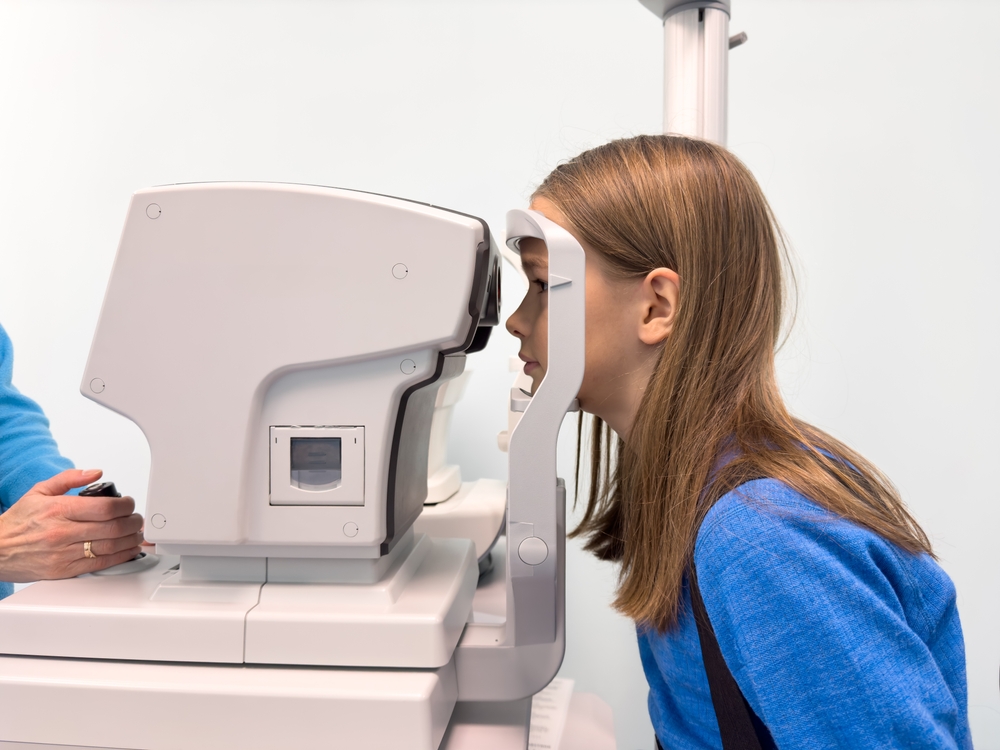
With myopia on the rise, parents are becoming increasingly concerned about their child’s vision health and what they can do to protect it. One of the most frequent questions we hear at Kibo Eyecare is: When should I consider myopia management for my child? Let’s explore the signs to watch for and why regular pediatric eye exams are so important.
Understanding Myopia in Children and Teens
Myopia occurs when the eye grows too long from front to back, causing light to focus in front of the retina instead of directly on it. This results in distant objects appearing blurry while close objects remain clear. While myopia can develop at any age, it most often begins in childhood and can worsen rapidly during the school years.
Signs Your Child May Be Developing Myopia
Parents should be aware of the early warning signs that may indicate their child is developing myopia. Common symptoms include:
• Squinting to see distant objects (like the board at school or the TV)
• Complaints of blurry distance vision
• Holding books or screens very close to the face
• Frequent eye rubbing or headaches
• Difficulty seeing in low light or at dusk
• Avoiding activities that require clear distance vision, such as sports
If you notice any of these signs, it’s time to schedule a comprehensive eye exam with a pediatric optometrist.
The Importance of Regular Pediatric Eye Exams
Annual pediatric eye exams are crucial for detecting vision changes early and monitoring your child’s eye health. During these exams, your eye doctor can track the progression of myopia, discuss treatment options, and provide personalized recommendations. Early detection and proactive management give your child the best chance for healthy vision now and in the future.
Why Early Myopia Management Matters
Starting myopia management early can help slow the progression of nearsightedness and reduce the risk of serious eye health issues later in life, such as retinal detachment, glaucoma, and macular degeneration. Addressing myopia in its early stages provides a valuable opportunity to safeguard your child’s long-term vision and overall eye health.
There are several effective treatment options available for myopia management. Specialized myopia control contact lenses are designed to help slow down the progression of nearsightedness. Orthokeratology (Ortho-K) lenses gently reshape the cornea overnight, providing clear vision during the day without the need for glasses or contacts. Atropine eye drops have also been shown to reduce myopia progression in some children.
Your optometrist can help determine which approach is best for your child based on their age, prescription, and lifestyle. With the right plan in place, you can take important steps toward preserving your child’s vision for years to come.
Take the Next Step in Safeguarding Your child’s Vision
Recognizing the signs of myopia and taking action early can make a significant difference in your child’s visual development and overall eye health. If you notice your child squinting, struggling to see at a distance, or experiencing headaches, schedule an eye exam today.
Contact Kibo Eyecare to schedule a pediatric eye exam and learn more about our myopia management options. Visit our office in Glastonbury, Connecticut or call (860) 659-5900 to book your appointment today.







